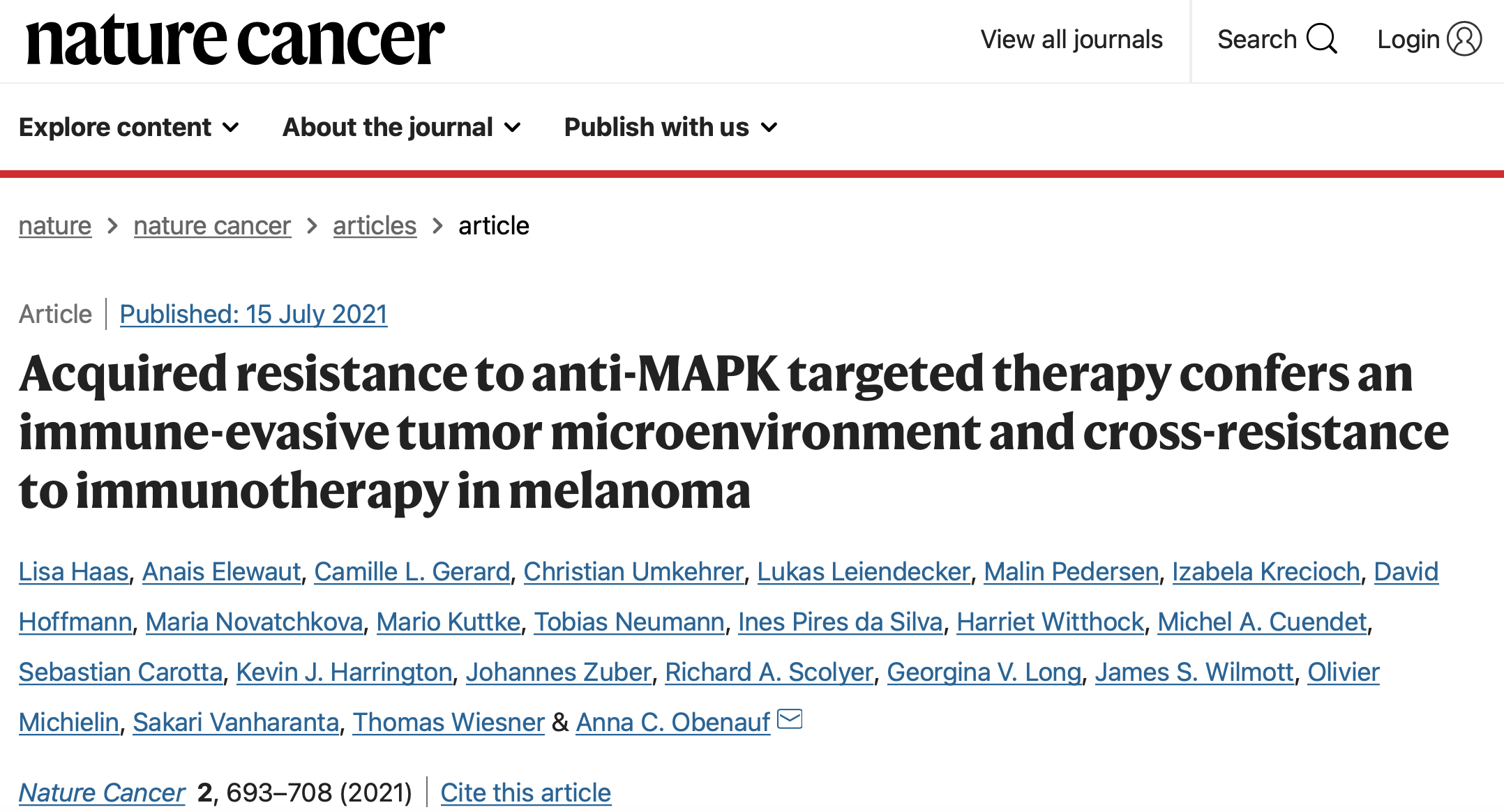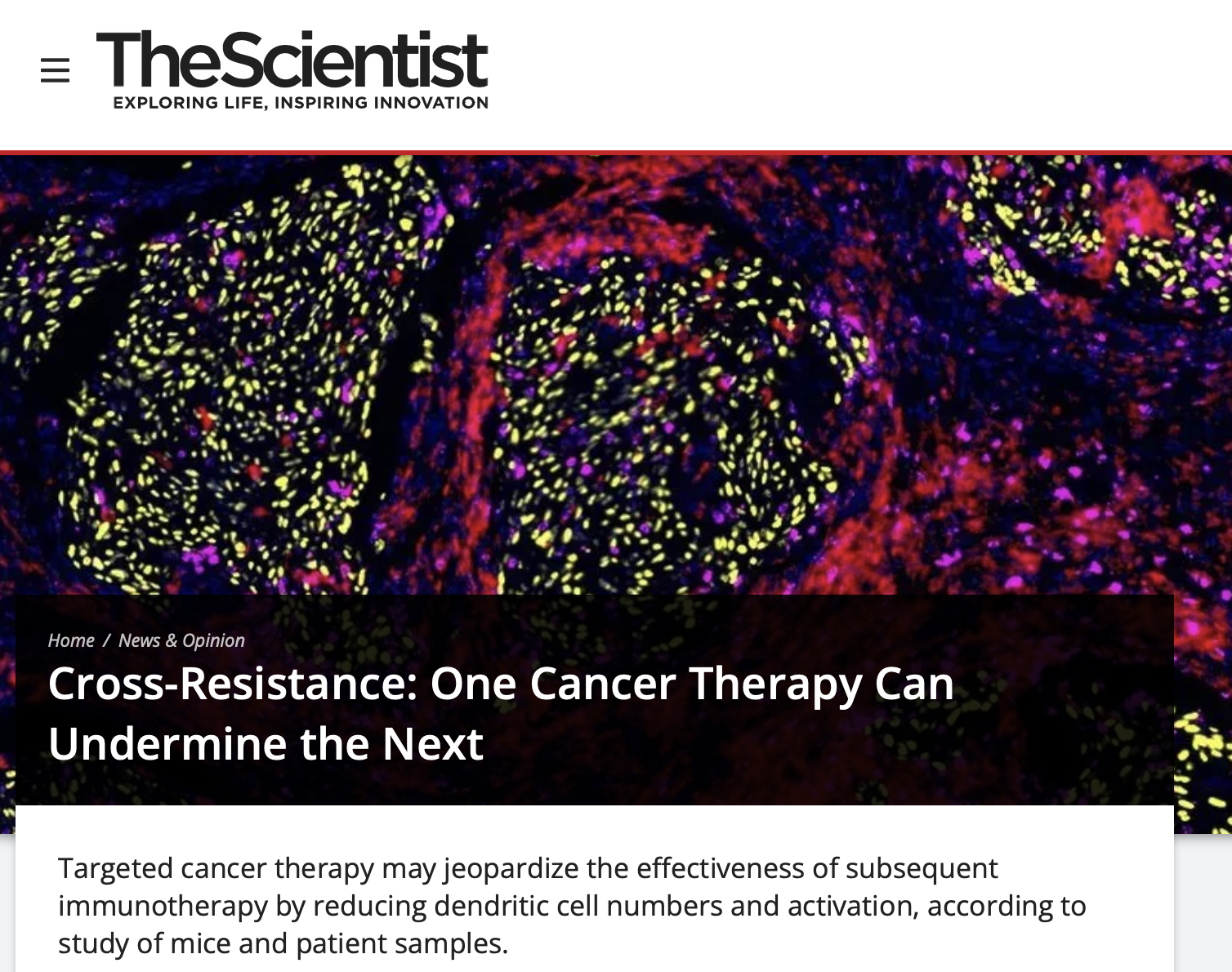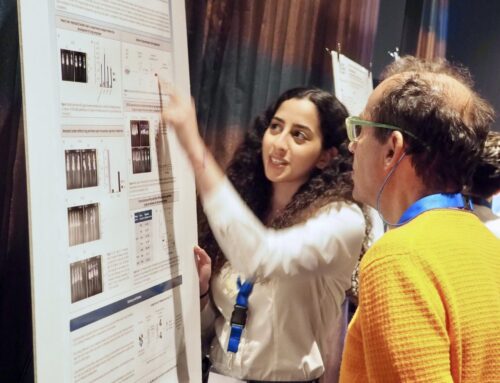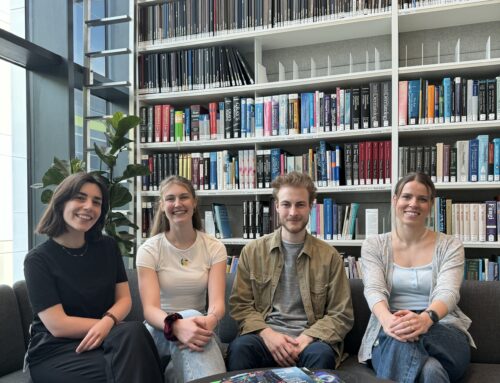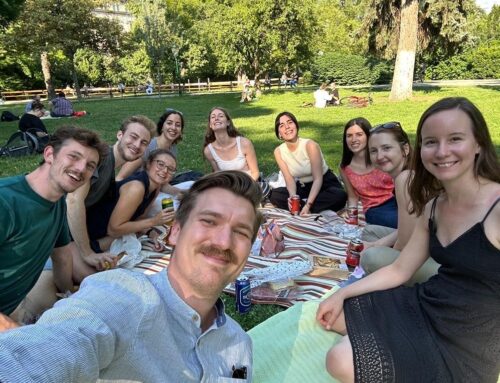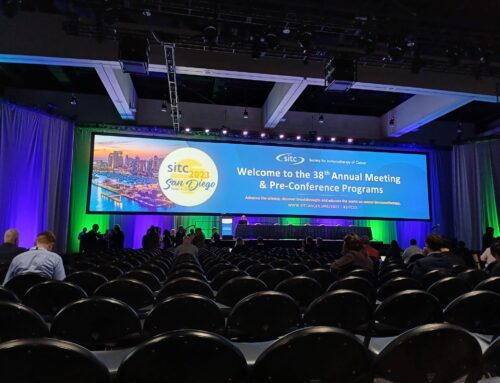In earlier work, I had characterized the immediate response to targeted therapies and identified clonal cooperation between targeted therapy sensitive and resistant tumor cells mediated by a therapy-induced secretome as a driver of cancer relapse and metastasis (Obenauf et al., 2015, Nature). Building on these findings, in our ERC-funded project “CombaTCancer” we aimed to elucidate how targeted therapies shape the entire tumor-immune ecosystem. Using immuno-competent mouse models, we discovered that when BRAF-mutated melanomas acquire resistance to MAPK pathway-targeted therapies (RAFi/MEKi), they simultaneously acquire cross-resistance to immunotherapy. This is remarkable given the entirely different mode of action of these therapies. We showed that this cross-resistance is controlled by a reactivated and rewired MAPK signaling pathway, which not only restores its cancer cell-intrinsic oncogenic functions but, in addition, drives an immune-evasive gene expression program that establishes a completely different immune phenotype conferring resistance to immunotherapy, representing a new concept in therapy resistance. Importantly, this rewired state not only dominates RAFi and RAFi/MEKi-resistant tumors but is already present in a subset of therapy-naïve tumors that respond poorly to immunotherapy.
Our work has immediate implications for the treatment of melanoma patients. Currently, more than half of BRAF-mutant patients initially receive targeted therapy until they acquire resistance (Atkins et al. 2021, ASCO). Our data provide a scientific rationale for administering immunotherapy first, or to use only a short course of targeted therapy and then switch patients to immunotherapy to avoid cross-resistance. Importantly, at this year’s ASCO meeting, a prospective phase 3 clinical trial (DREAMseq, NCT02224781) confirmed our experimental results in patients and showed that resistance to targeted therapy jeopardizes the potentially durable responses to immunotherapy (Fig. 2c) (Atkins et al. 2021, ASCO).
Please read our paper (link) or the tweetorial for a short overview.
Featured in Nature Reviews Cancer (link) and The Scientist (link).
Big thank you to my sister the wonderful Lisa Obenauf for the cover art.
